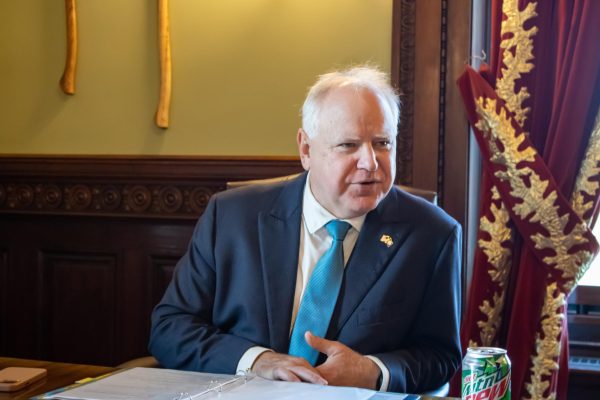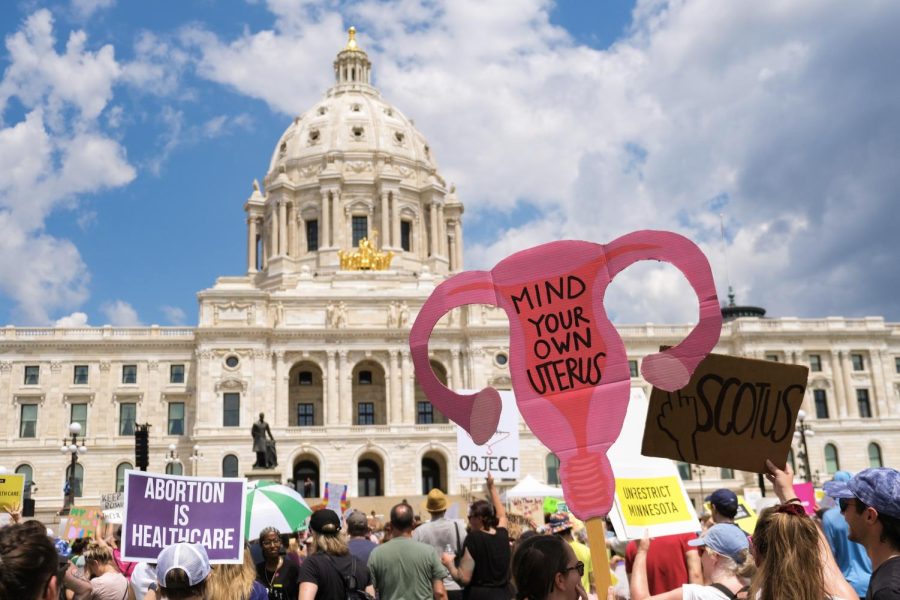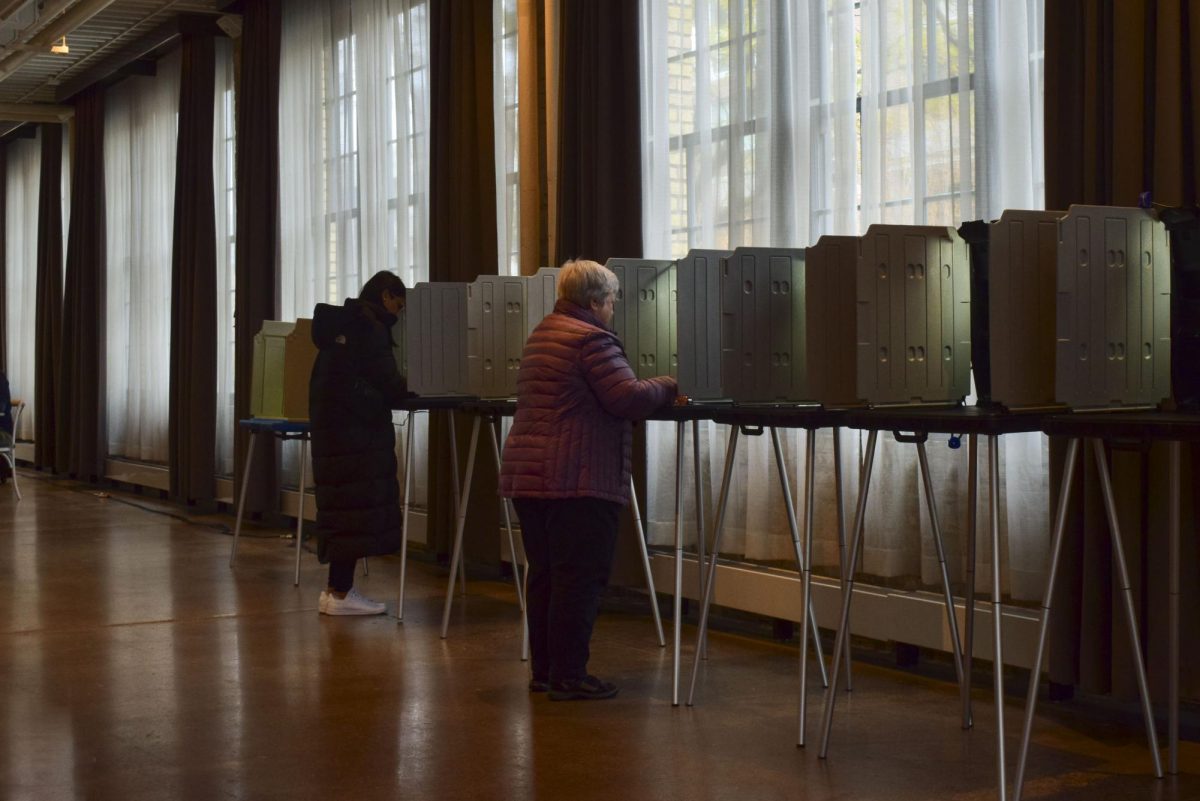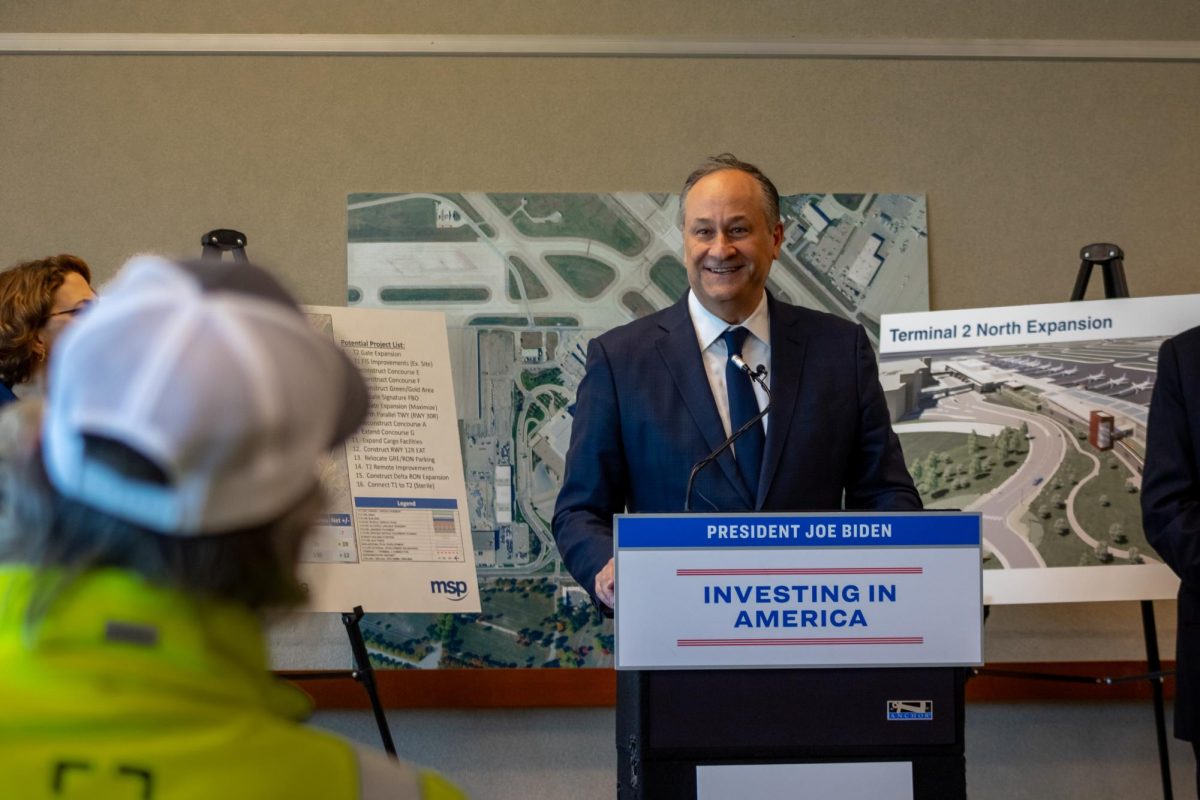Student athletes may find extra money in their bank accounts as Big Ten officials discuss increasing scholarships to cover living costs.
During a spring meeting earlier this month, conference officials discussed the possibility of expanding scholarships for NCAA Division I athletes to cover costs not currently included. The increase would cover costs like transportation and personal expenses.
A full athletic scholarship covers tuition, fees, books and room and board. Additional living costs are estimated to be more than $2,000 per student at the University of Minnesota annually, according to OneStop.
The idea has gained attention in the past few weeks, but according to an NCAA-issued statement, no formal proposal has been made. âÄúAny plan to increase financial aid limits would require legislative approval from the full NCAA Division I membership.âÄù In other words, the initiative would require a change in a NCAA bylaw, valid for all NCAA conferences.
âÄúThe Big Ten could not do this on its own, even if every school wanted to do it,âÄù said Joel Maturi, the University athletics director.
Maturi said the process could take a few years and no decisions can be made at the schoolâÄôs level at this point. Although the additional cost is large on an individual level, it is not expensive considering the existing cost of scholarships, he said.
In 2010, the University awarded about $8.7 million in athletic student aid overall. Maturi said if the extra scholarship funding was to become a reality in the coming year, University athletics would either need additional revenue or would have to make cuts.
âÄúObviously if we had to do it, we would find a way to do it,âÄù he said, as it would be a significant recruitment disadvantage not to participate while other schools did.
But Maturi, like others at his level in the Big Ten conference, thinks more discussion is needed.
Steven Roe, associate sports information director at the University of Iowa, said any conversation about the proposal at the university level had been unofficial. Michael Wolf, Northwestern University athletics communications director, echoed that, saying the school is âÄúa long ways awayâÄù from committing to anything.
Both Wolf and Roe said while their schools support the Big Ten, there are many unknown variables, like the overall cost for each school or the implementation of the policy.
The Big Ten conference has not yet announced a concrete plan on where the extra funds would come from, but Big Ten Commissioner Jim Delany told ESPN that league athletic directors have discussed using some of the growing TV revenue to pay for scholarship increases.
Conference officials have been clear that the proposal does not suggest paying student athletes. The idea has been backed by NCAA President Mark Emmert, who according to the official statement âÄúcontinues to be interested in discussing options about how to meet student-athletesâÄô needs without paying them salaries.âÄù
The money would âÄúenable athletes to possibly go home once or twice a year, possibly have some spending money and so on and so forth,âÄù Maturi said.
âÄúI think weâÄôre a long way from professionalizing [student athletes],âÄù he said. âÄúQuite frankly I donâÄôt foresee it happening at all during my time.âÄù







